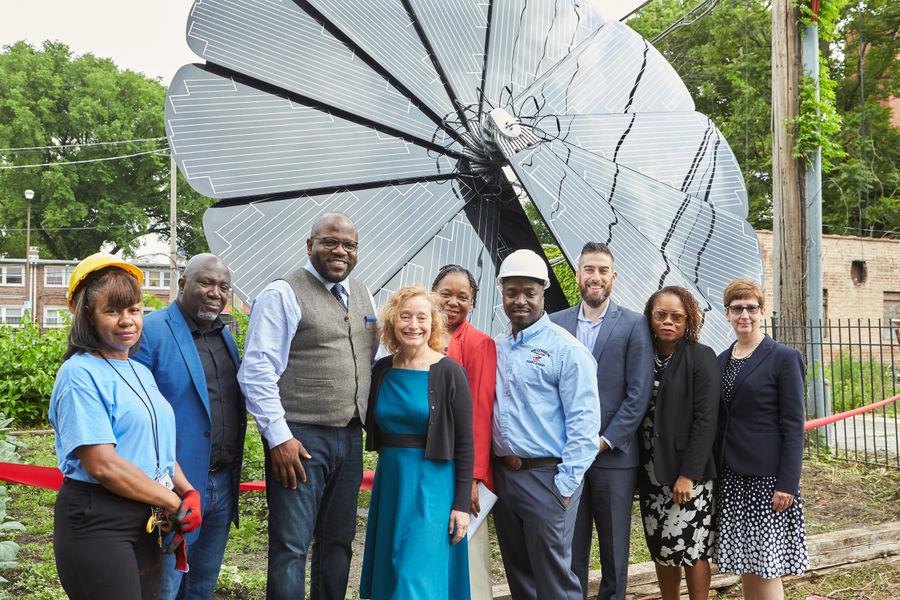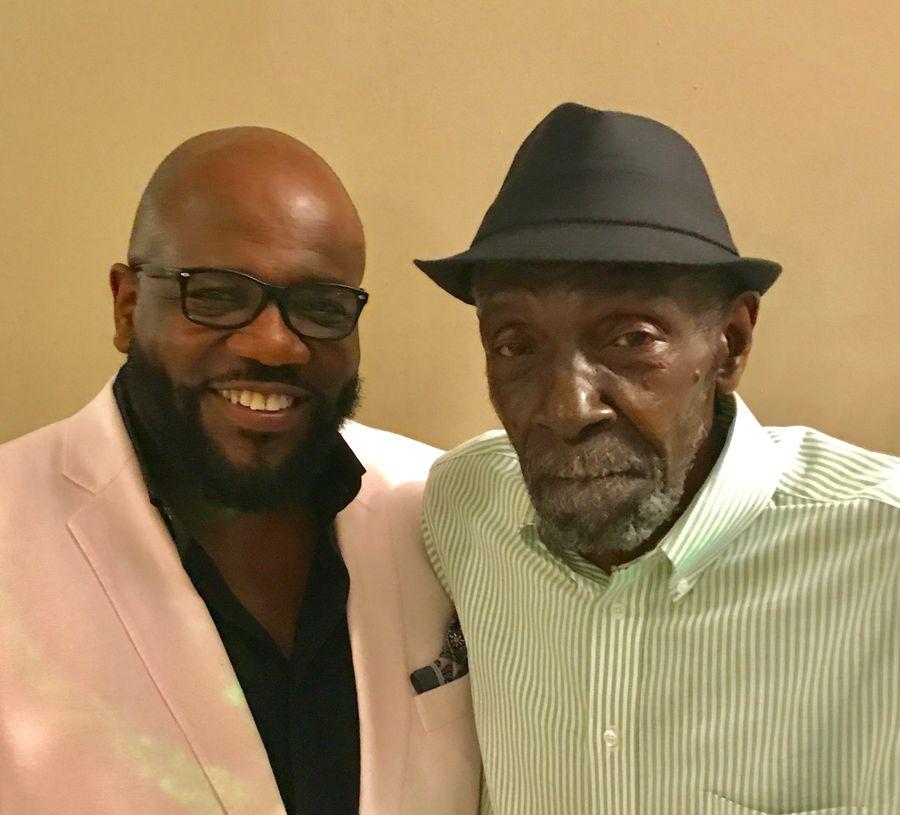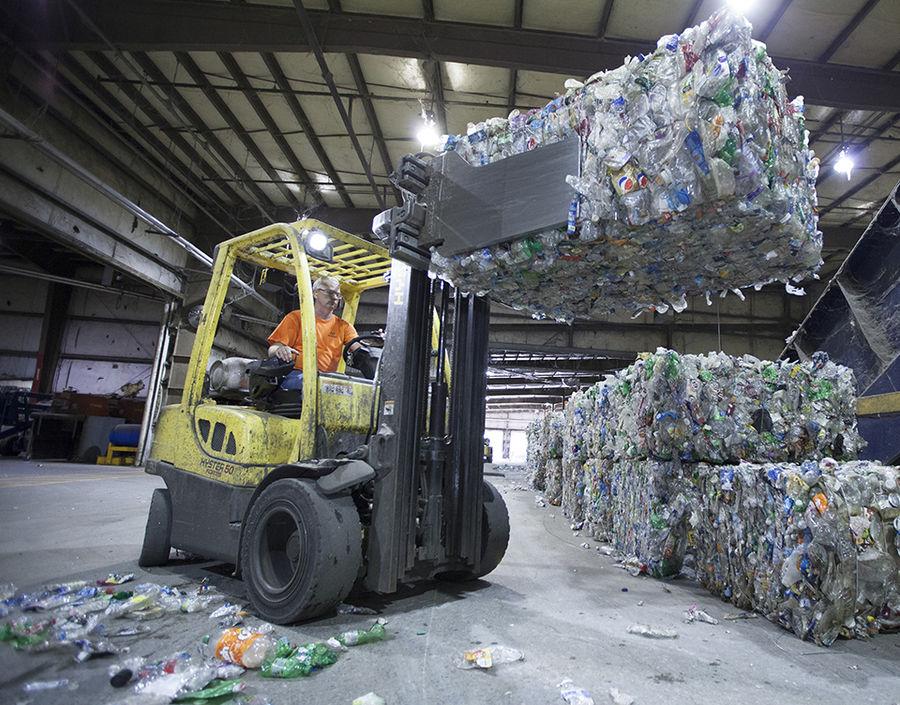Black Green History: Making History with Mohawk
By George Bandy Jr.
Originally published by Groundswell
A building in and of itself is not anything but a building. The value of a sustainable building is that it educates the people in the building who then go and begin to pollinate that message of responsibility in their own communities and homes. That’s when you have a significant impact above and beyond what the building can provide.
My grandmother introduced me to the concept of sustainability early in life. Of course, in my grandmother’s house back in Alabama, we never had a “sustainability” conversation; we talked about never wasting a thing. She never threw anything away. She taught us how to recycle tin cans into toys and to make wastebaskets from the plastic rings we found on six packs of soda.
I learned my values and morals about sustainability from my grandmother. The lessons she gave me—about being responsible, thinking about people downstream and not throwing things away—have stayed with me. She would love that I now work for a company that recycles more than 6 billion plastic bottles a year to create beautiful residential and commercial flooring.
Although I received my bachelor’s degree in English from Morehouse College, I continued to have environmentalism on my mind. I minored in Environmental Business Management at Morehouse and pursued sustainability training at the University of Texas–Houston. I went after LEED Accredited Professional certification from the U.S. Green Building Council, and in 2018 was fortunate to receive the USGBC Leadership Award.
Who thought all of this was possible? When I began, the field of sustainability was just emerging in schools, in industry, in the market. I was one of the few people of color working in this space. Each conference and training I attended was carpeted mainly with middle-aged white men and women.
I started as the sustainability officer at the University of Texas–Houston and worked my way to being the chief sustainability officer for the largest flooring manufacturer in the world. Now, everywhere I go and every group I talk to, I am the face of sustainability for Mohawk.
With our believe in better approach to business, Mohawk demonstrates each pillar of sustainability in a way that acknowledges the importance of all people and their connectivity to our journey toward a sustainable future. We maximize the use of our resources, technologies and innovative thinking to realize a tangible ROI for Mother Nature.
Recognizing the accomplishments of African Americans within the green space is important because sustainability of our planet requires inclusion. We need everyone—all their ideas, passion and commitment to move forward on this collective journey toward a better future. If we truly desire to have an impact on our sustainable future, we need all races and cultures to engage and align traditional values with innovation. Highlighting diverse accomplishments will empower others to join us on this journey.
And Mohawk is redefining this journey. We look at the footprint of a product—what it takes to make a product (water, energy, resources) and then consider ways to offset these consumptions. We ask each and every day: How can we turn our footprint into a positive handprint? And that has led us to reach out a hand to make communities more sustainable.
We are offsetting the amount of water used in the manufacturing of our Living Products by working together with colleges to retrofit showers, which saves money for the college and water for the planet. At Morehouse College in Atlanta, we installed low-flow showerheads to save more water than is used to create our Lichen Collection, which became the first Living Product in floor covering. A similar plan to retrofit select dormitories at Hampton University in Virginia with low-flow water fixtures will create another environmental handprint in the case of our new Living Products, Nutopia and Nutopia Matrix.
We are partnering with Groundswell to install 10 SmartFlower solar technology energy systems to produce clean, renewable energy in schools with STEM programs and low-income communities. The SmartFlower initiative will produce and share more energy than is used to create our new Living Products while offering substantial energy savings to the families in these areas.
Our holistic approach to sustainability is making history. We are not just recycling old carpet or making sure that our products are free of toxins, although we still do both. We are touching lives and changing the way we do business.
My father used to say that no one ever discovered any amazing opportunity in a barrel inside a basement. Most of our greatest opportunities were discovered by going outside and connecting with nature. When we are in tune with nature, it inspires us to be creative at a much higher level.
Biophilic design, handprinting, sustainability—it is all about connecting with nature. Mohawk has made handprinting part of our corporate culture. And our customers are beginning to appreciate this. They are selecting to do business with us because we are taking a stand to really be connected to sustainable development goals and also to see those sustainable development goals manifest themselves into actions in the communities where we manufacture product.
Like my grandmother, nature wastes nothing. What an incredible sustainability challenge that is. I am proud of Mohawk because we have stepped up to this challenge and created our own pathway to delivering sustainable solutions to our marketplace.





